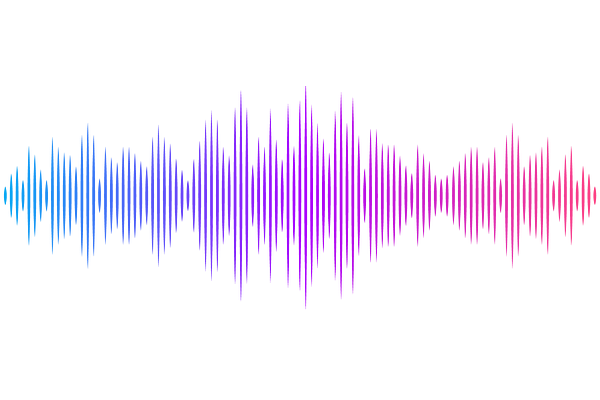Altered spawning seasons of Atlantic salmon broodstock genetically and epigenetically influence cell cycle and lipid-mediated regulations in their offspring

Altered spawning seasons of Atlantic salmon broodstock genetically and epigenetically influence cell cycle and lipid-mediated regulations in their offspring
Saito, T.; Espe, M.; Mommens, M.; Bock, C.; Fernandes, J. M. O.; Skjaerven, K. H.
AbstractManipulating spawning seasons of Atlantic salmon (Salmo salar) is a common practice to facilitate year-round harvesting in salmon aquaculture. This process involves adjusting water temperature and light regime to control female broodstock maturation. However, recent studies have indicated that altered spawning seasons can significantly affect the nutritional status and growth performance of the offspring. Therefore, gaining a deeper understanding of the biological regulations influenced by these alterations is crucial to enhance the growth performance of fish over multiple generations. In this study, we investigated four different spawning seasons achieved through recirculating aquaculture systems (RAS) and sea-pen-based approaches. In addition to the normal spawning season in November (sea-pen), three altered seasons were designated as off-season (five-month advance, RAS), early season (two-month advance, sea-pen), and late season (two-month delay, sea-pen). We conducted comprehensive gene expression and DNA methylation analysis on liver samples collected from the start-feeding larvae of the next generation. Our results revealed distinct gene expression and DNA methylation patterns associated with the altered spawning seasons. Offspring from RAS-based off-season spawning exhibited lower larval weights and showed altered lipid-mediated regulations, which may potentially hinder growth performance. In contrast, early and late seasons affected cellular processes, particularly cell cycle regulation, with implications for potential negative impacts on future growth potential. The implications of our findings are significant for aquaculture and nutritional studies, providing valuable tools for assessing growth potential and optimizing production strategies.